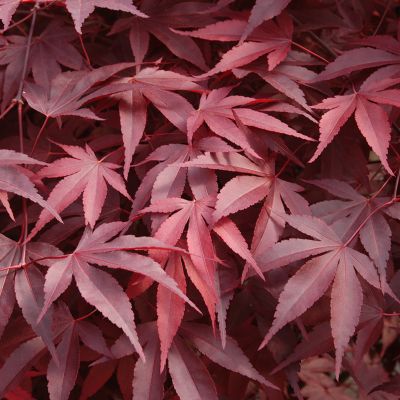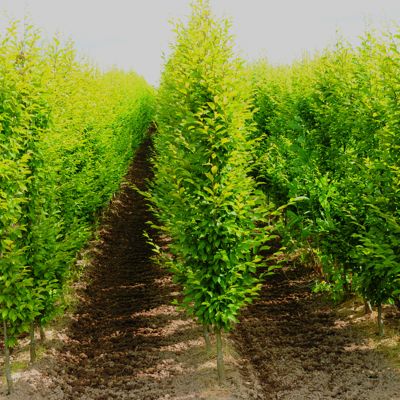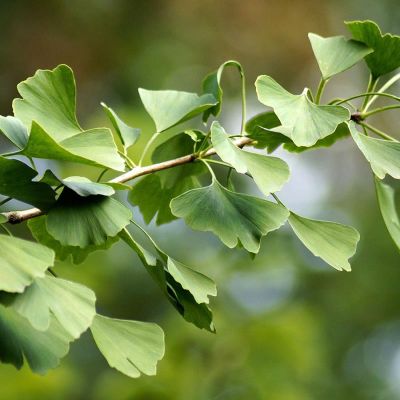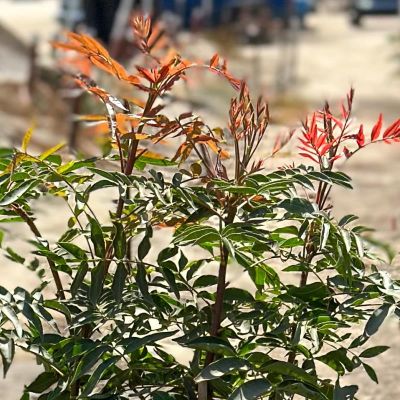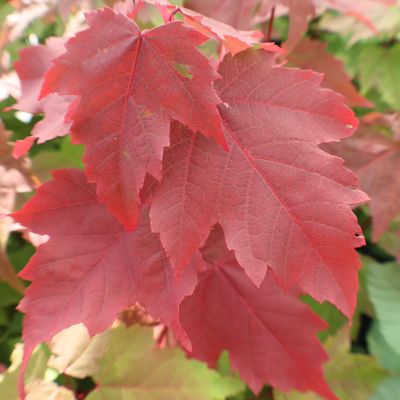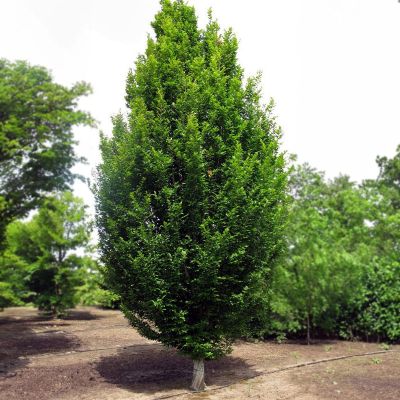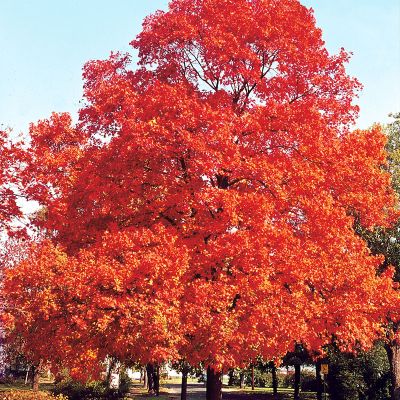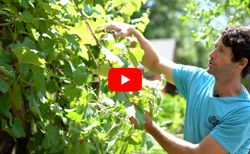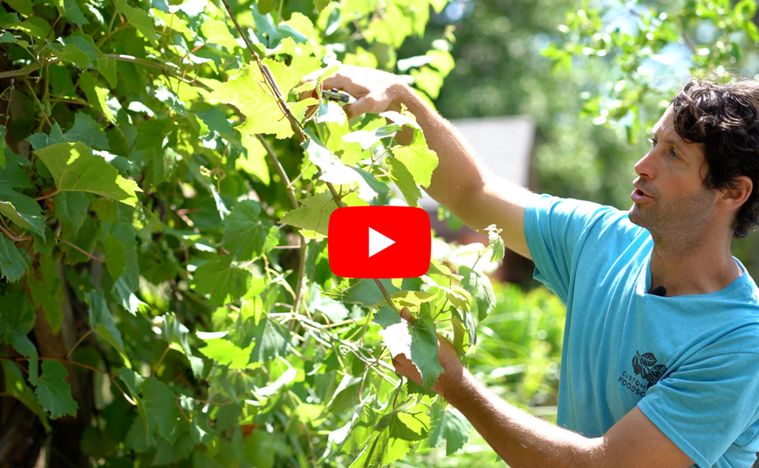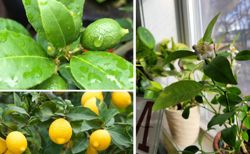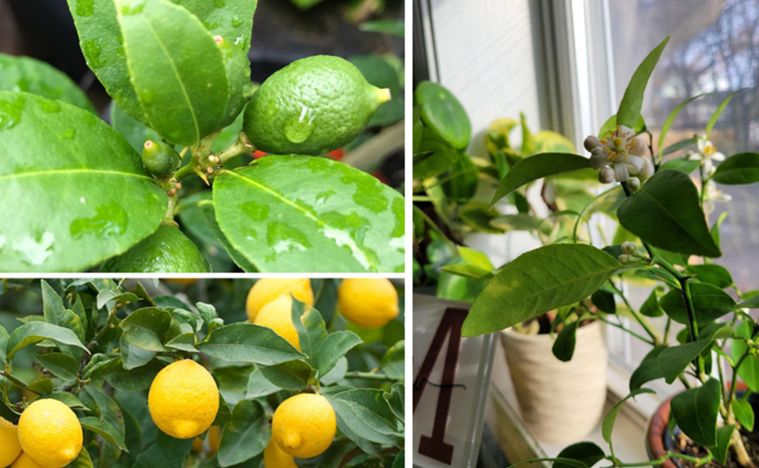A Perfect Shade of Tree: The Hybrid Willow



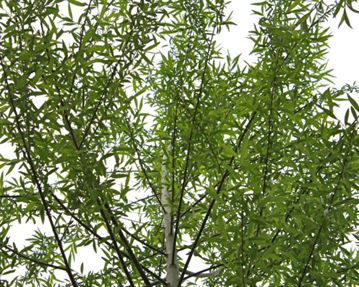
Hybrid willow trees have vigorous growth: pushing about 12 feet per year. They reach a mature height around 30-40 feet tall in less than 5 years.
Guest article by Patti Moreno
Planting trees is such an important part of being environmentally conscious. With so much of our planet's tree canopy gone, especially in the last 30 years, it's important for homeowners to plant trees around their homes.
General Benefits to Planting Trees
- Trees produce oxygen.
- Trees filter air pollution and help purify air.
- Trees help reduce run off and soil erosion.
- Trees provide shelter and food for wildlife.
There are also many direct benefits for homeowners who plant landscape trees. Landscape trees add value to your home and beautify your yard. Trees can also protect your home from severe winds when planted as a windbreak, helping you save on energy costs in multiple ways. Mature trees also provide shade, which reduces the amount of sunlight absorbed by your home and reduces your energy costs in the summer. You'll also enjoy your shaded yard more in those hot summer months!
Plant a Windbreak

Hybrid Willow trees work as a fast-growing windbreak when planted in rows. This tree will amaze you with its speedy growth of about 12 feet per year, finally reaching a mature height around 30-40 feet tall (in less than 5 years!). It's a great windbreak because of its dense foliage in the summer and then its abundance of branches in winter. One of the most popular questions about Hybrid Willow trees is if they are deciduous, because the misconception is that a tree without leaves won't make a good windbreak. Due to a profusion of branch growth, it certainly doesn't hinder the Hybrid Willow tree's ability to act as a windbreak even when it loses its leaves for the winter!
The best times of year to plant hybrid willow trees are the spring and the fall.
After you pick your location:

- Dig a hole that is at least twice as wide as the roots of the tree and as deep as the roots of the tree.
- Place the tree in the hole.
- Fill half way with soil and water thoroughly. Watering at this stage of planting will reduce the amount of air pockets in the soil, preventing your roots from drying out.
- Fill the rest of the hole with soil and create a trough about a foot or two from the trunk of the tree; water again thoroughly.
- Mulch about 1 to 2 inches thick on top of the soil, keeping the trough and keeping the mulch away from the trunk of the tree to prevent rotting.
- Water at least twice a week (depending on the rainfall in your area) for about 6-8 weeks. This is the amount of time that your tree needs to acclimate to your environment.
Willows love water and are often found near brooks, streams, and at shorelines in the wild. These hybrid willows will love the water, but will survive on a generous drink once a week (or as necessary in times of drought). Hybrid Willows are deciduous trees, so they will go dormant in the late fall to winter and their leaves will fall off. Hybrid willow trees also make a great fast-growing natural privacy screen – saving you thousands over installing a privacy fence!
— Enjoying the fruits of my labor, Patti Moreno, The Garden Girl


